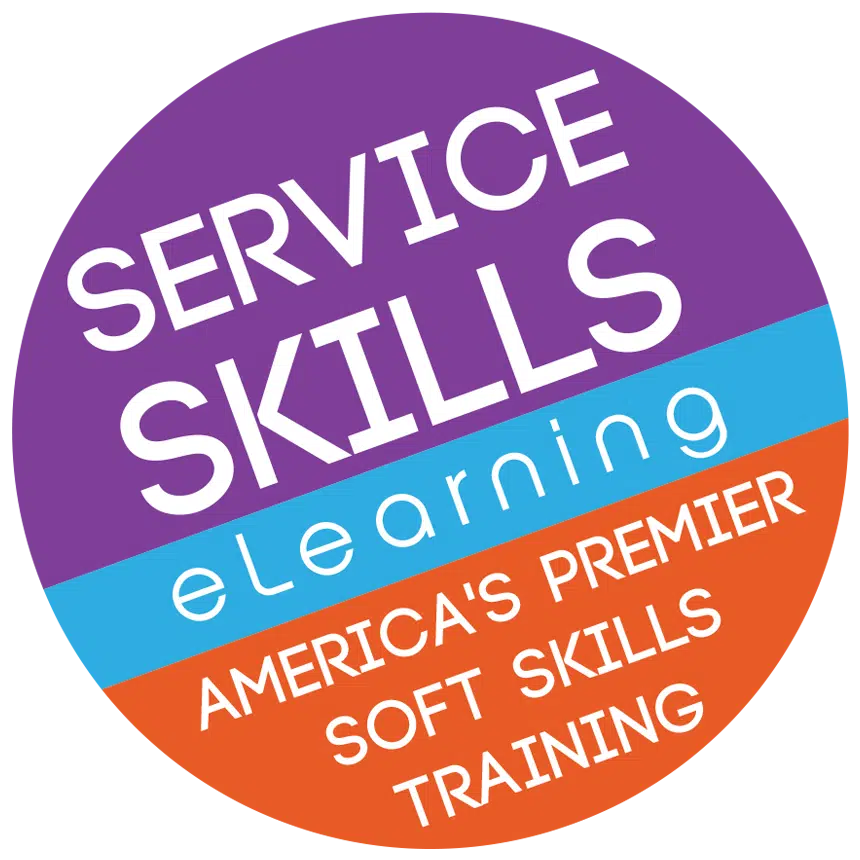Business is about how people communicate. No matter the organization or the industry, people need to communicate with one another. And since human beings are emotional creatures, you need to take emotions into account in your business communication skills.
Think about it: if two co-workers get angry at each other and the situation can’t be resolved, their productivity goes down. If your customer service team isn’t sympathetic to client problems, you won’t keep those clients very long. And often situations like these don’t resolve themselves—they turn into vicious cycles, dragging down the morale of everyone involved, as well as your bottom line.
That’s where emotional intelligence skills come in.
Emotional intelligence (EQ) is the ability to recognize emotions both in yourself and in others, manage your own emotions, and then use that information to affect people’s emotional states, such as cheering them up or calming them down. It’s sort of like IQ, but applied to interpersonal skills. Rather than being an inborn talent, emotional intelligence is a set of skills that can be practiced and learned.
Our online courses teach the key attributes of emotional intelligence through videos depicting real-world examples.
The end result is that you and your employees will be better equipped to handle emotionally tense situations in the workplace. And since emotional intelligence is often considered a better predictor of business success than regular IQ, this is a training course all employees stand to benefit from individually as well as the business as a whole.
Three key aspects of emotional intelligence
Here’re three important parts of emotional intelligence featured in many ServiceSkills training courses:
- Recognizing emotions First things first, you need to be able to identify what you’re feeling, as well as what the person you’re talking to is feeling. If you’re not able to do that, you’re lost at the start. We’ll show you how to listen and notice effectively so you’re sure of the ground you’re standing on.
- Harnessing emotions It’s important to stay in control of yourself. If you’re screaming, no one’s going to listen. If you’re involved with customer service, you need to hide your irritation – no matter what happens on the other end of the line.We’ll teach you to be calm and collected, even when—especially when—you’re tempted to lose your temper, or read someone the riot act.
- Managing emotions This is what it’s all about: building on the first two steps to actively respond to and change the emotional state of both you and whoever you’re talking to.We’ll guide you on how to best achieve your desired goal and create a productive outcome.












